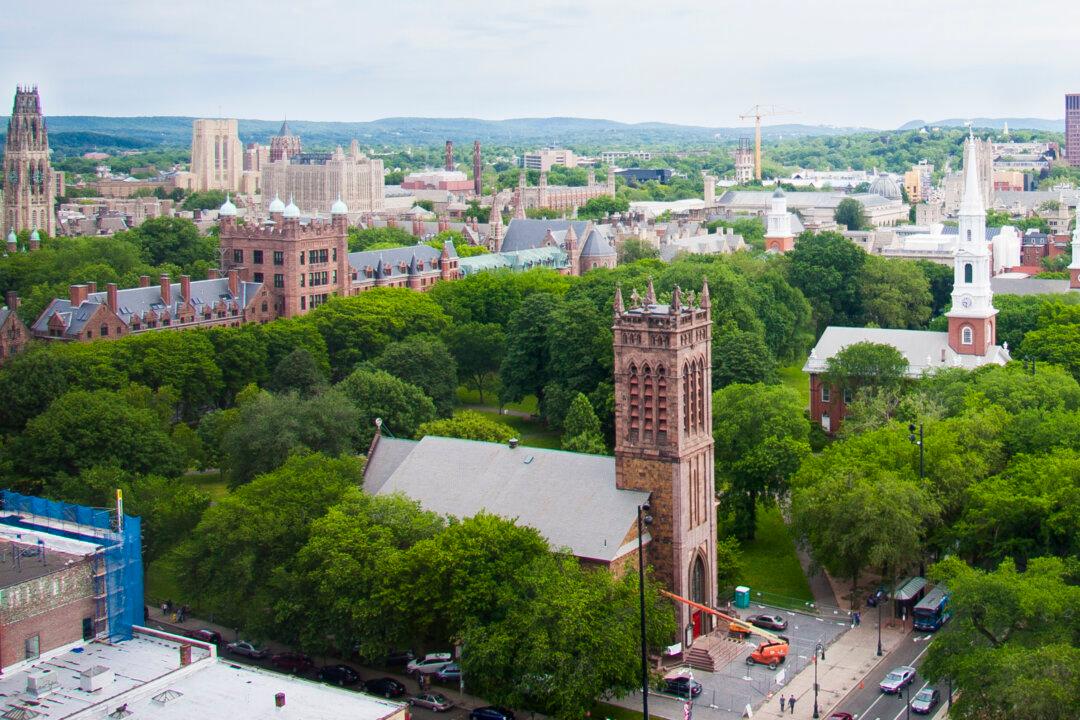NEW HAVEN, Conn.—In New Haven, you can easily find something to whet your intellectual appetite. The city’s connection to Yale University has always imbued its streets with arts and culture.
For many years crime and urban decay dominated the landscape, but after decades of economic investment, the college town has reemerged as a cultural destination.






